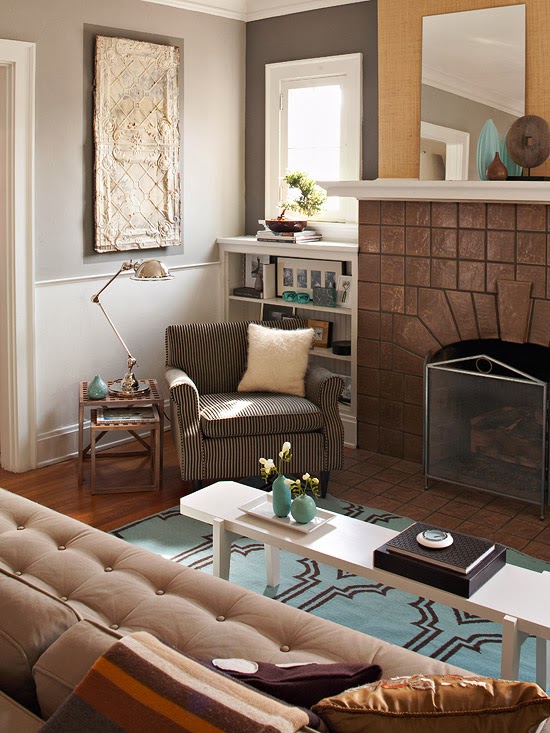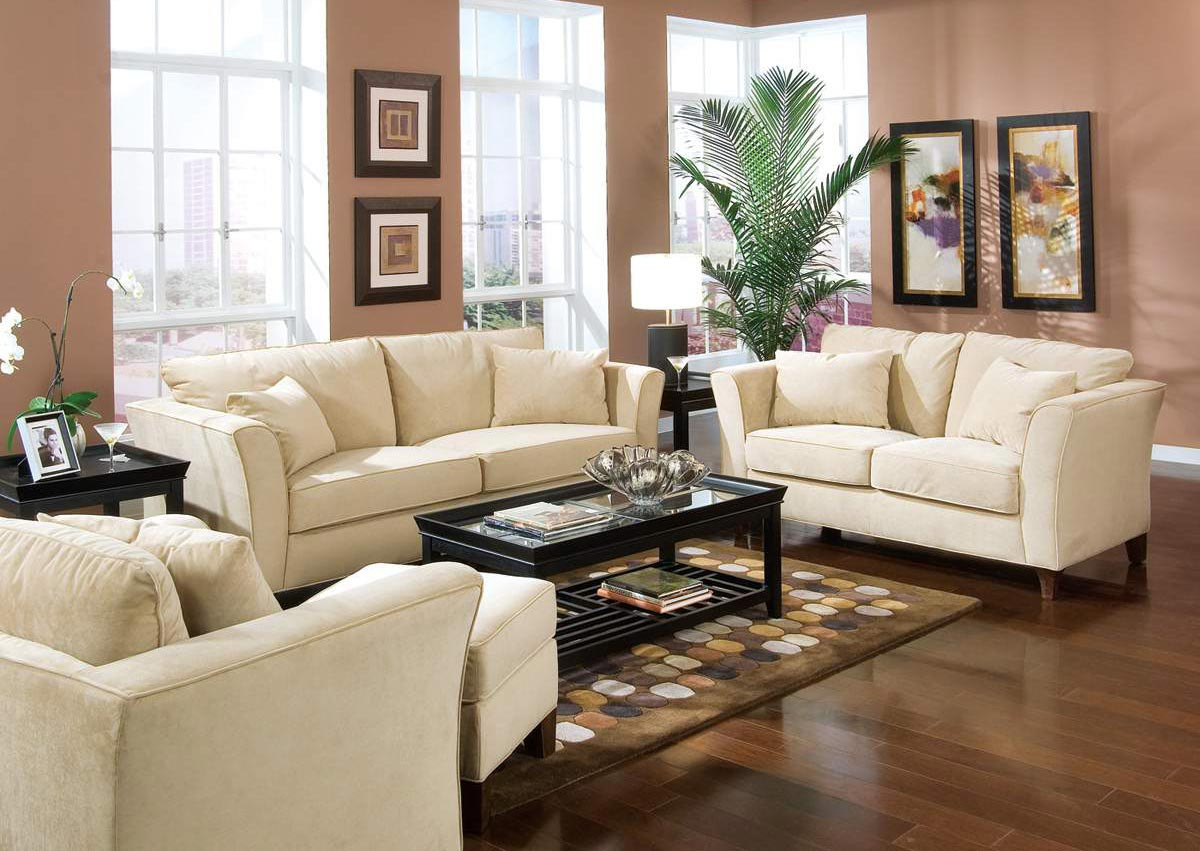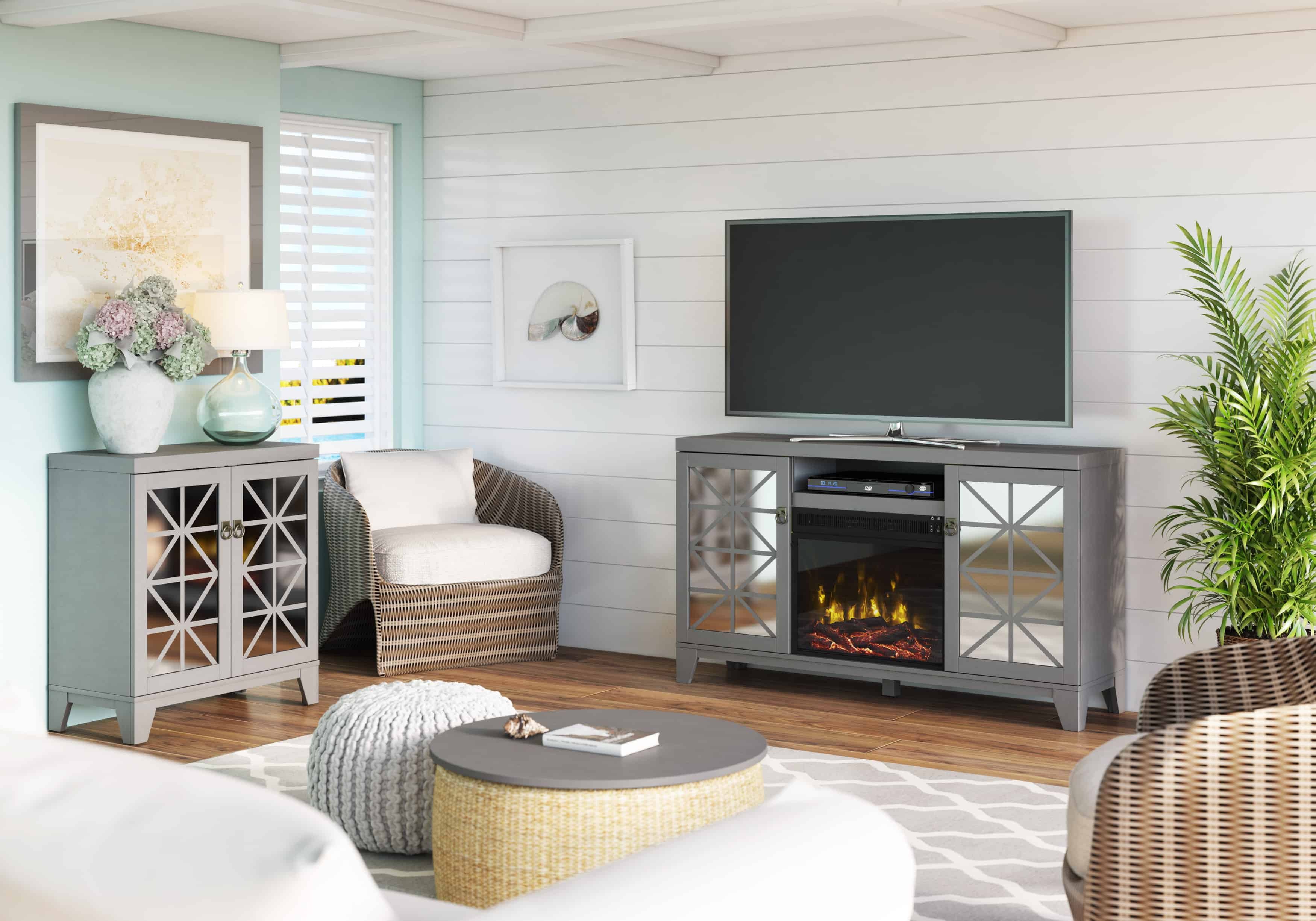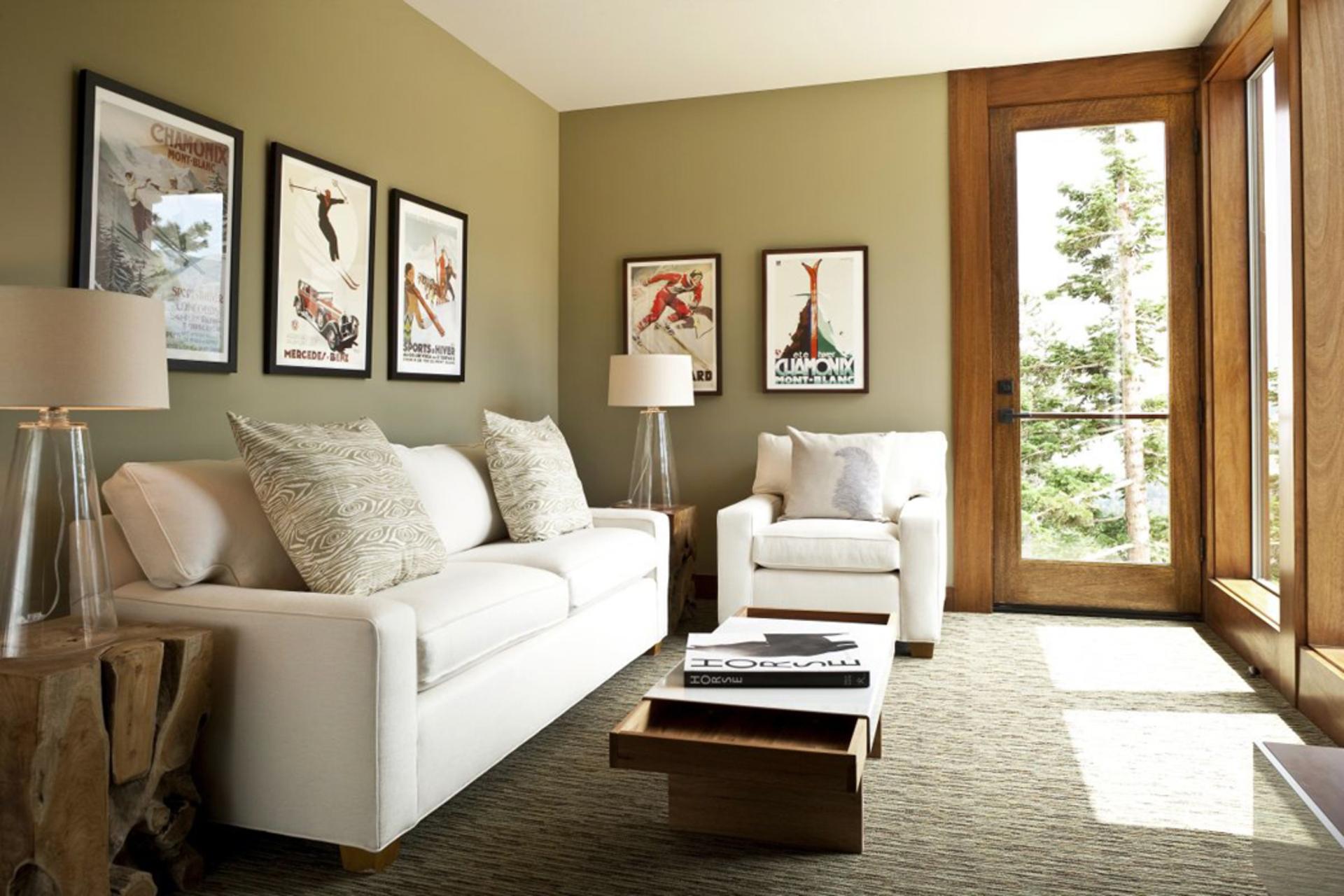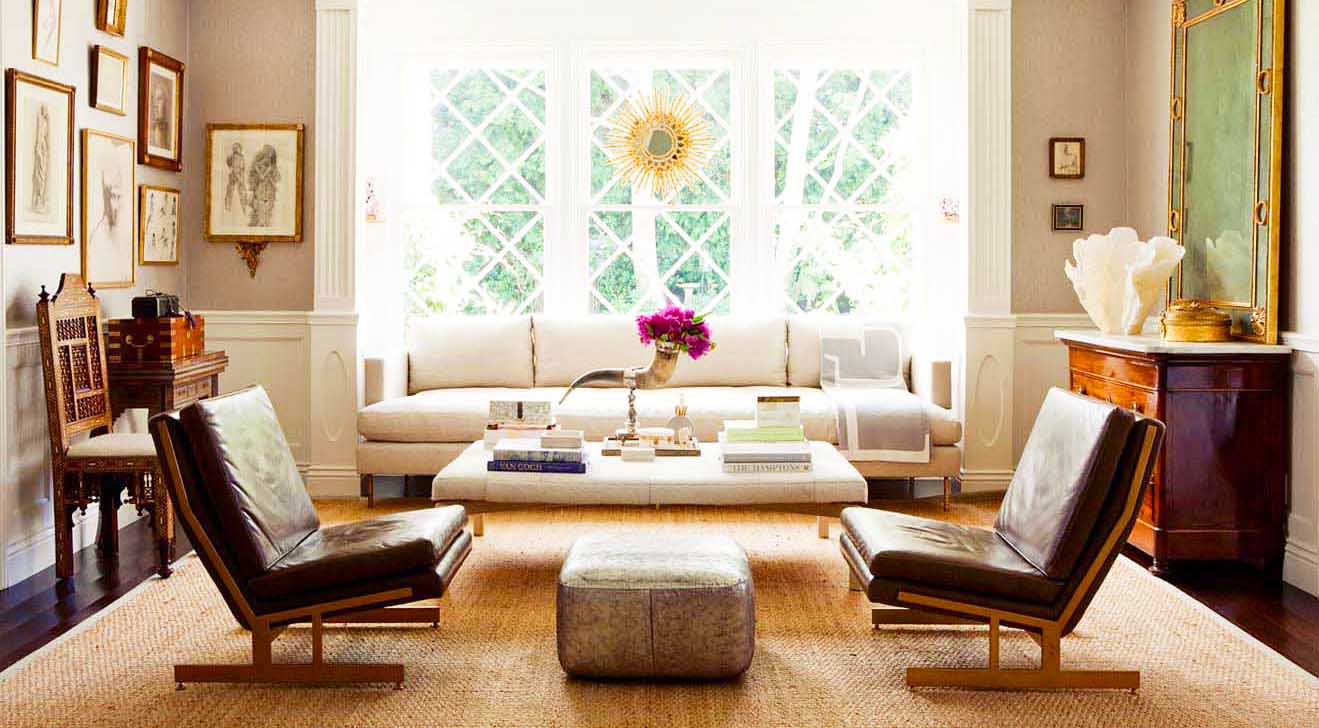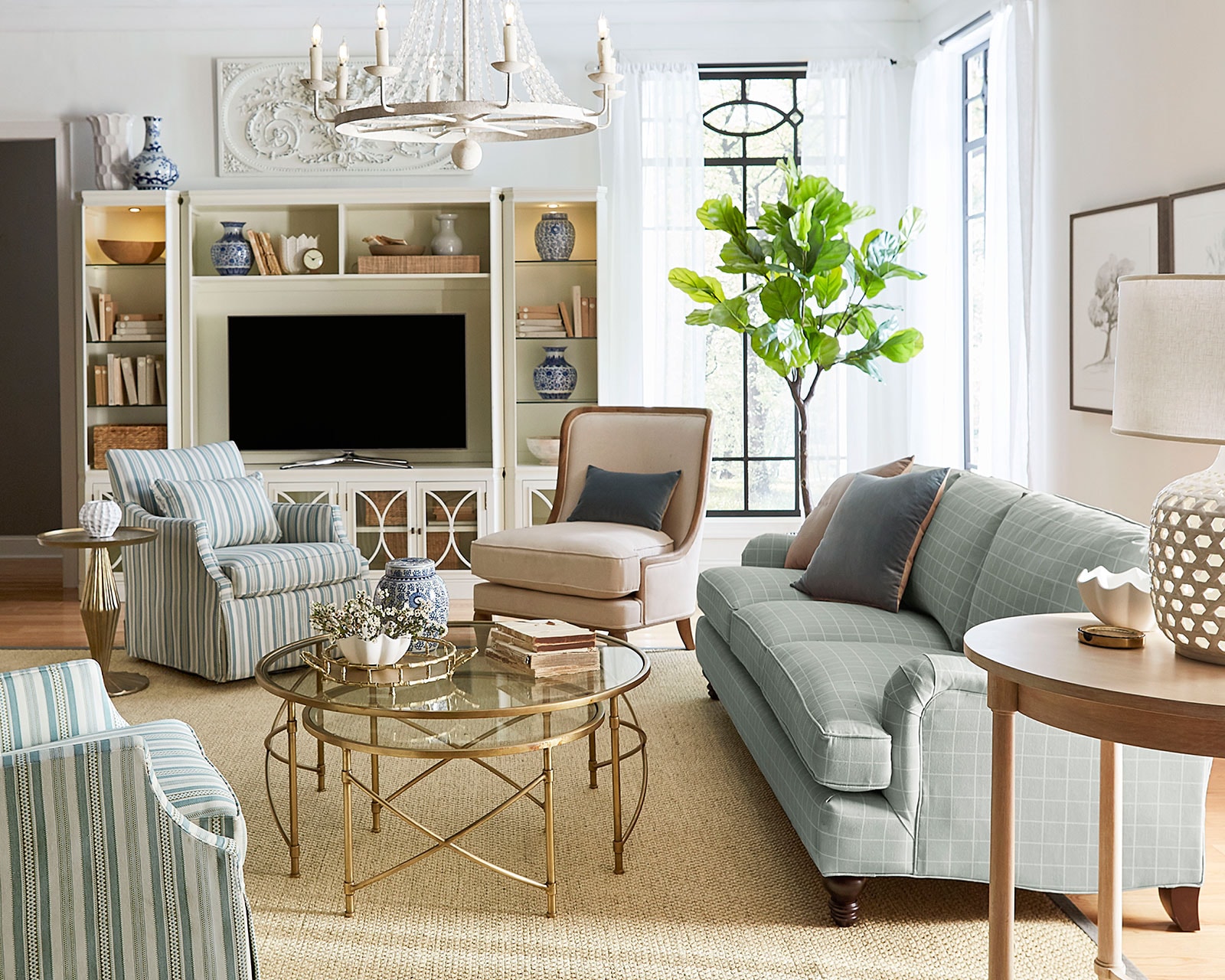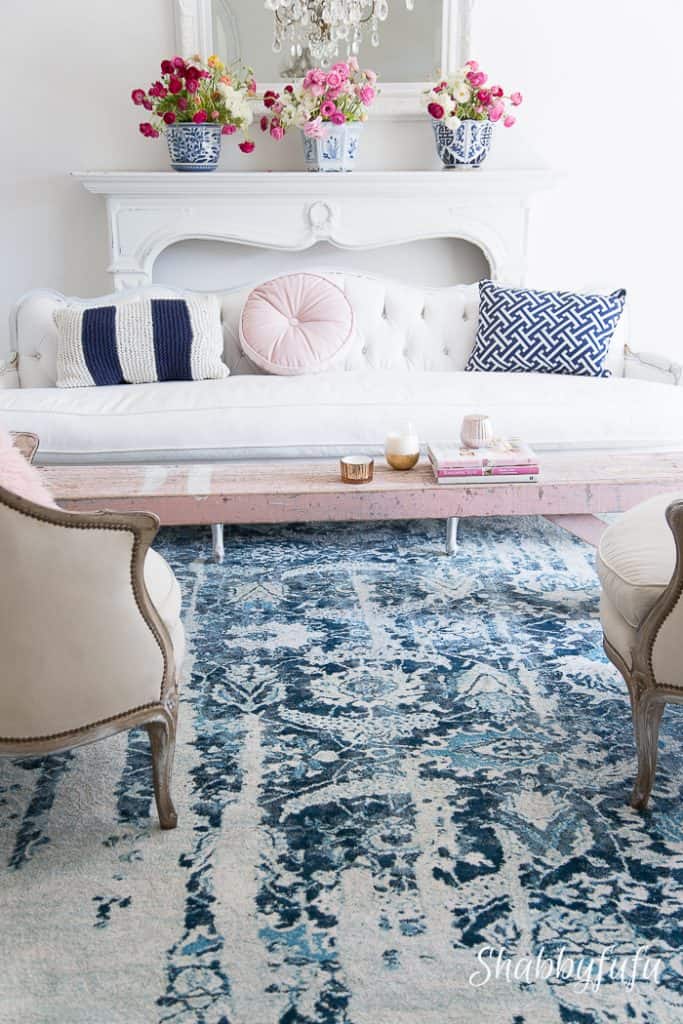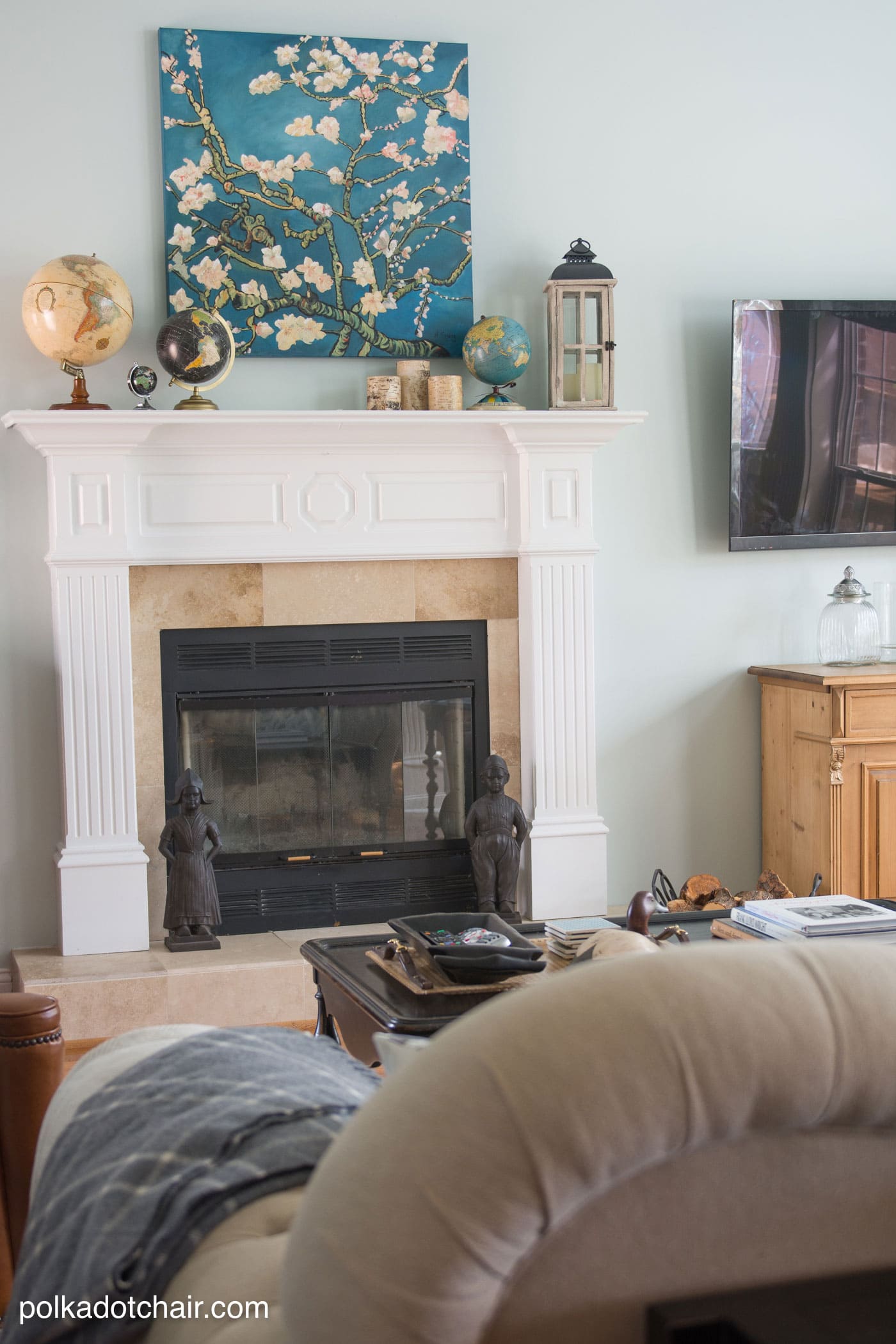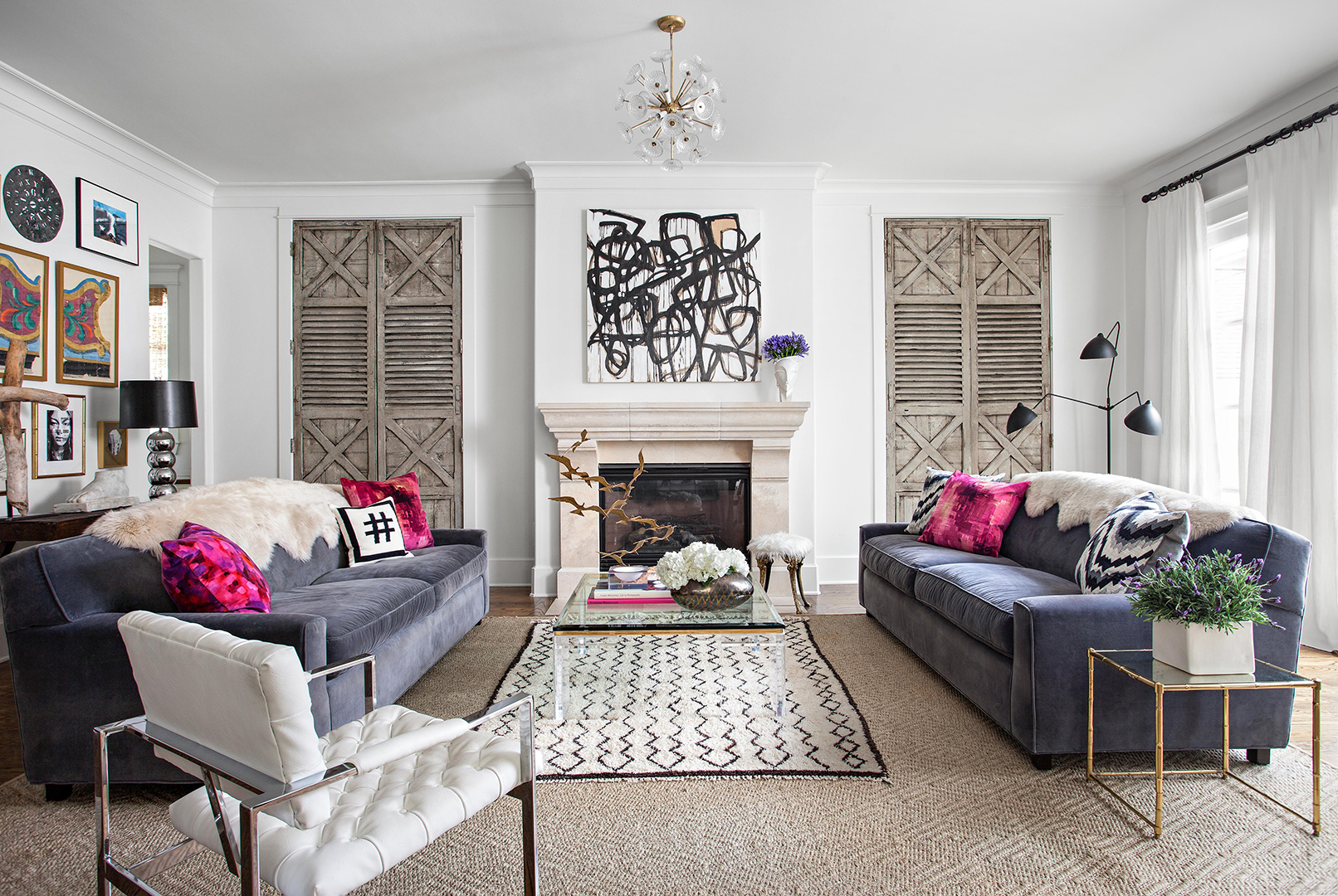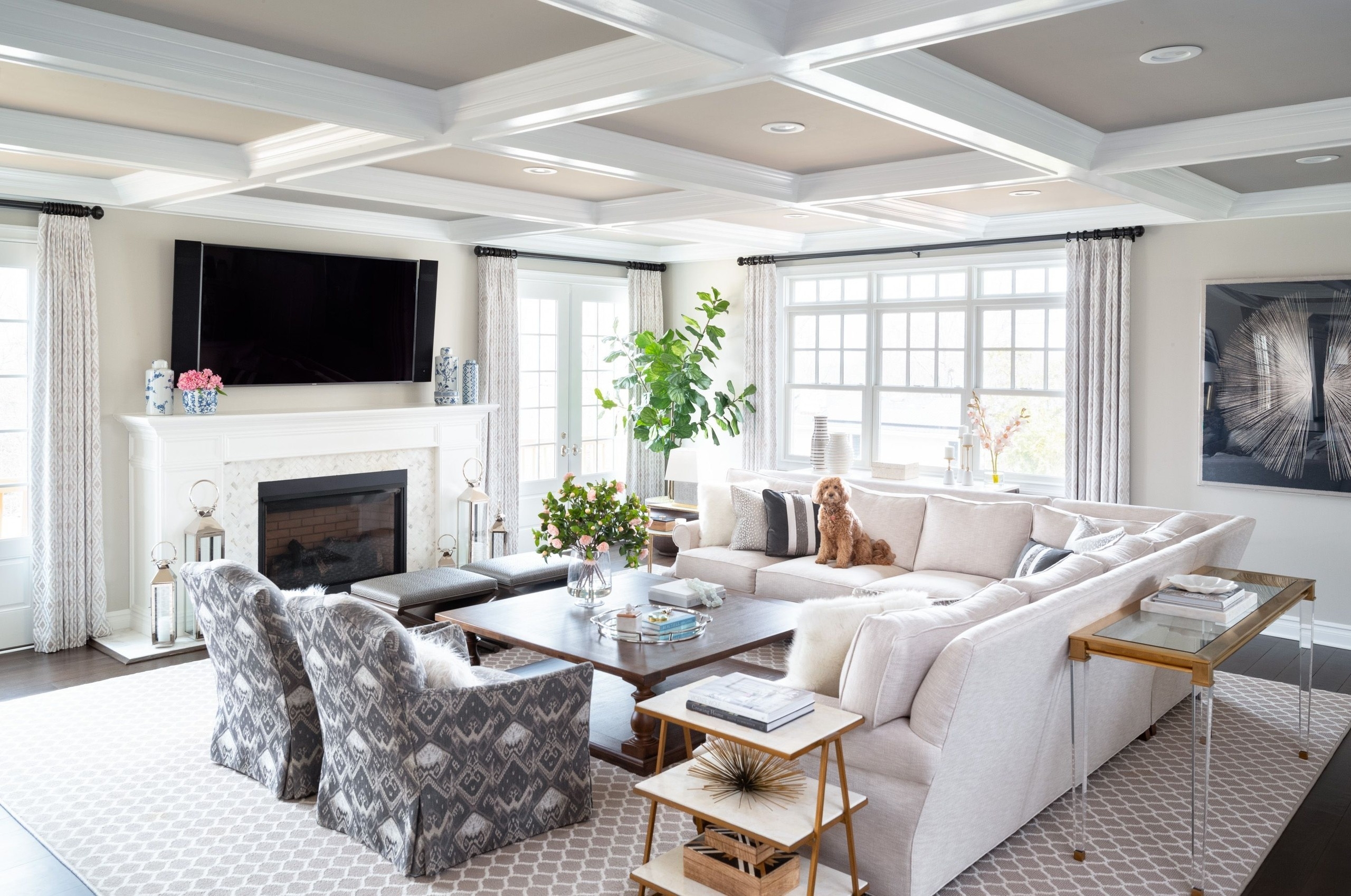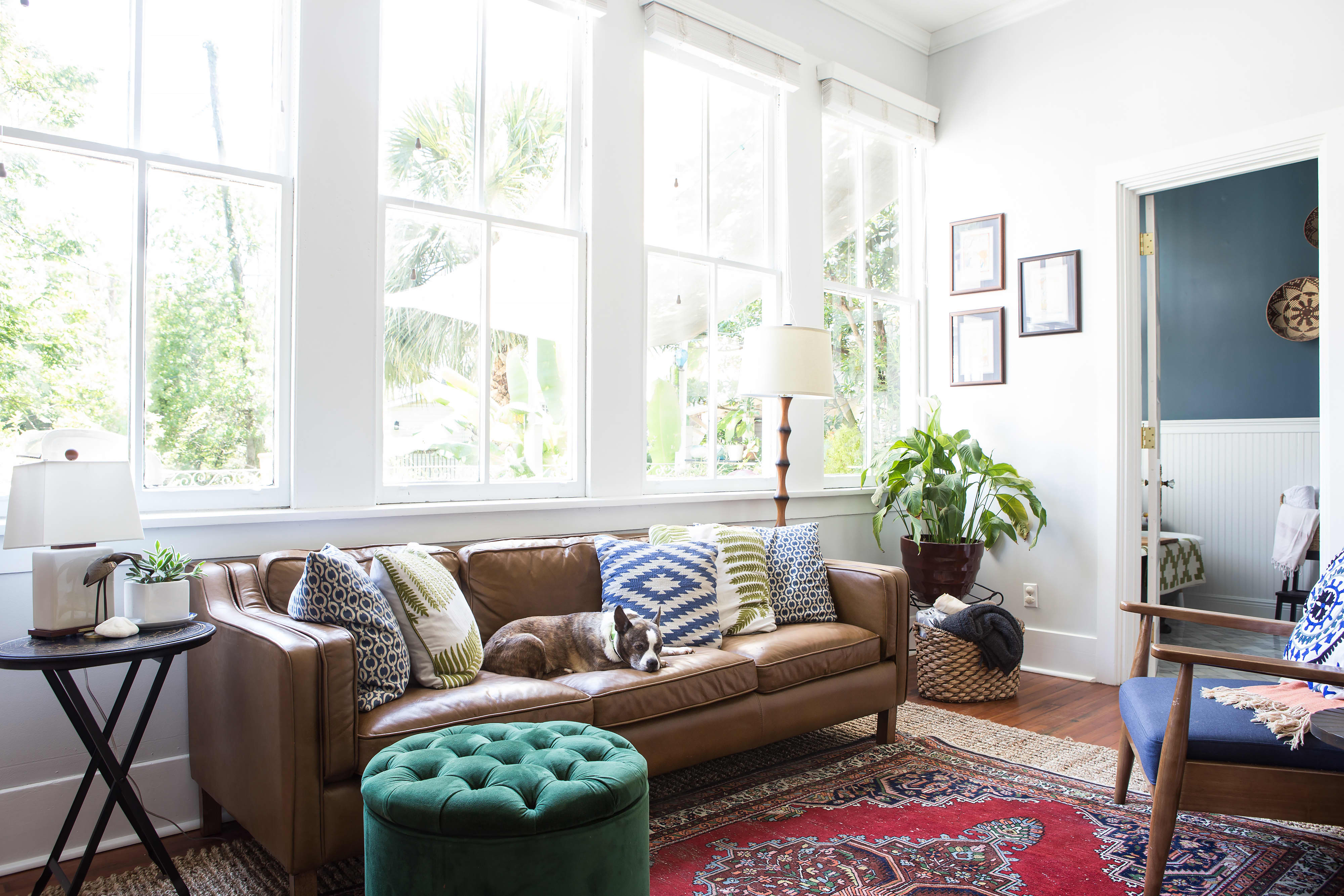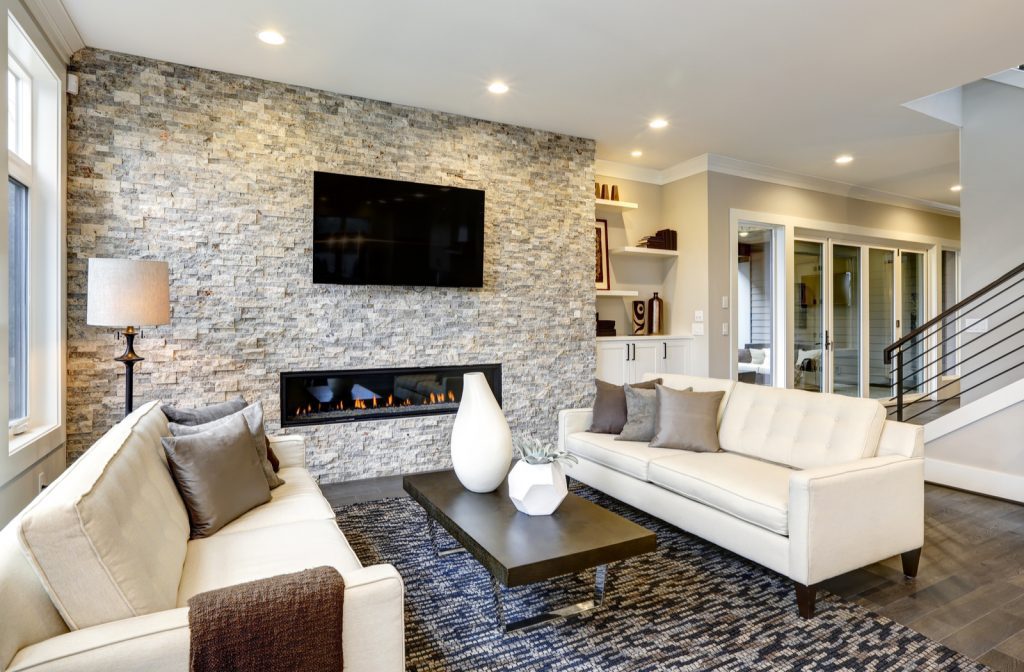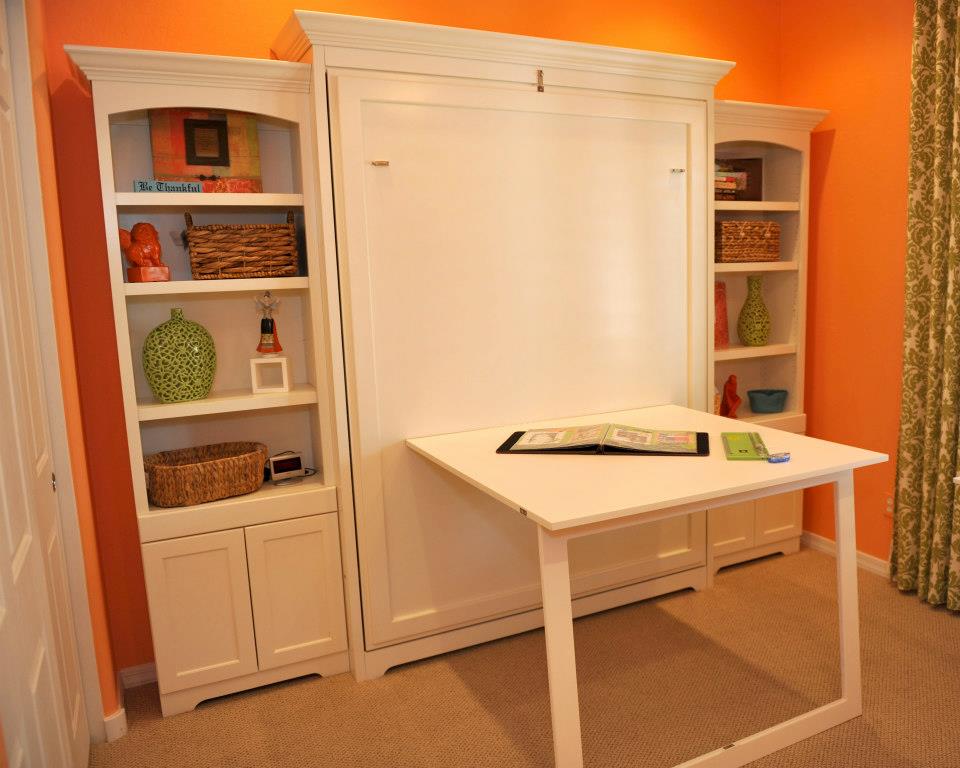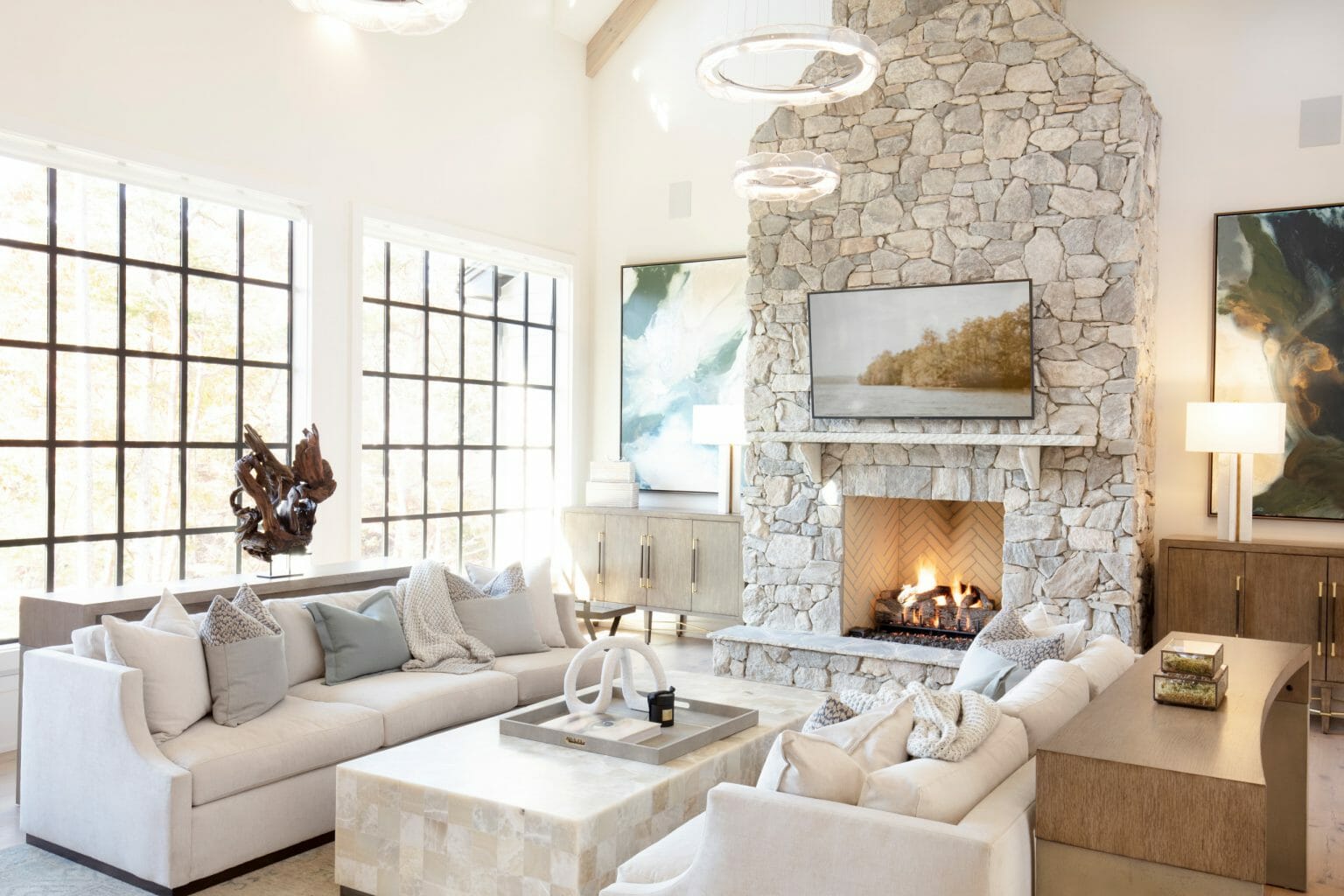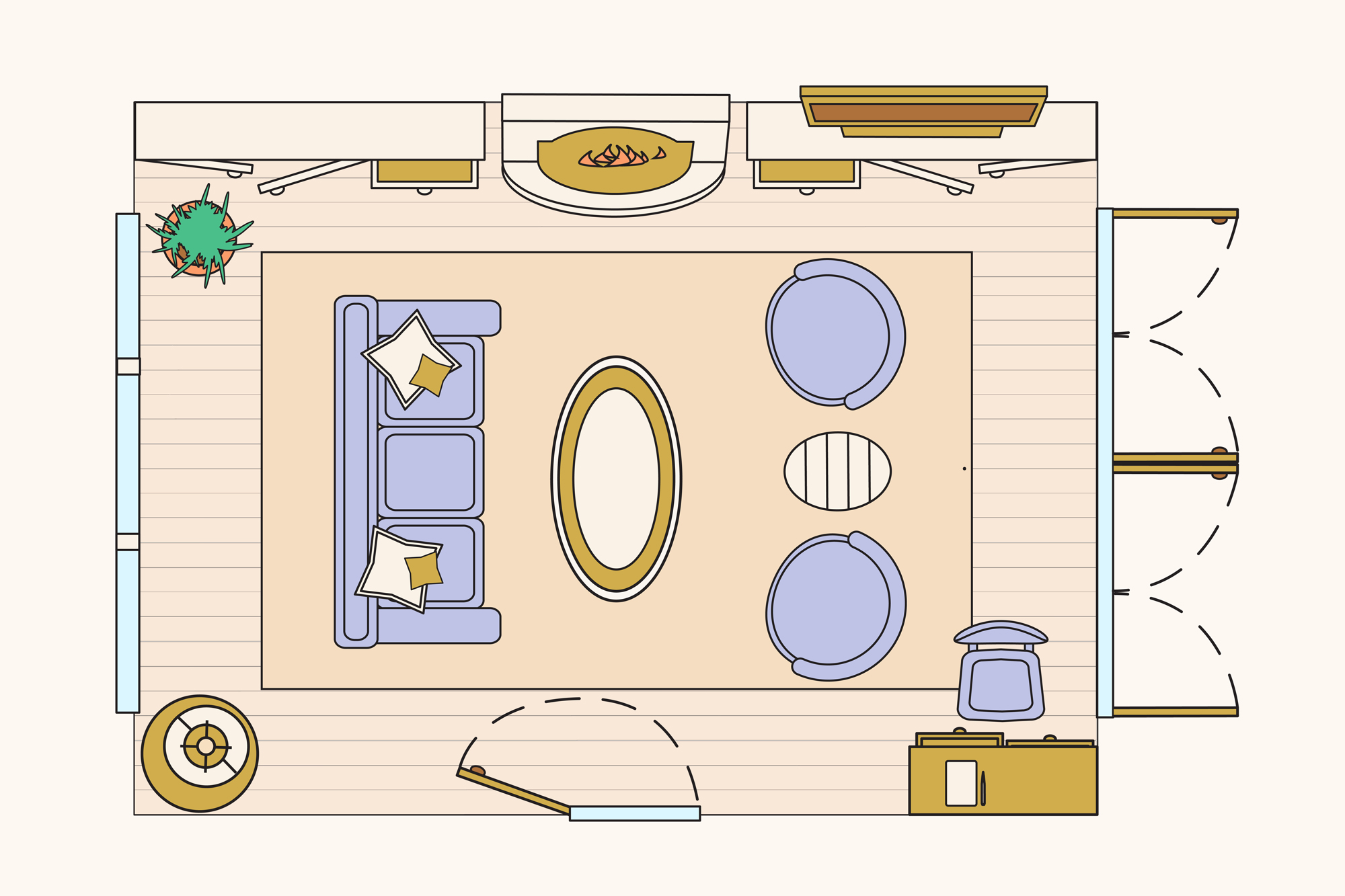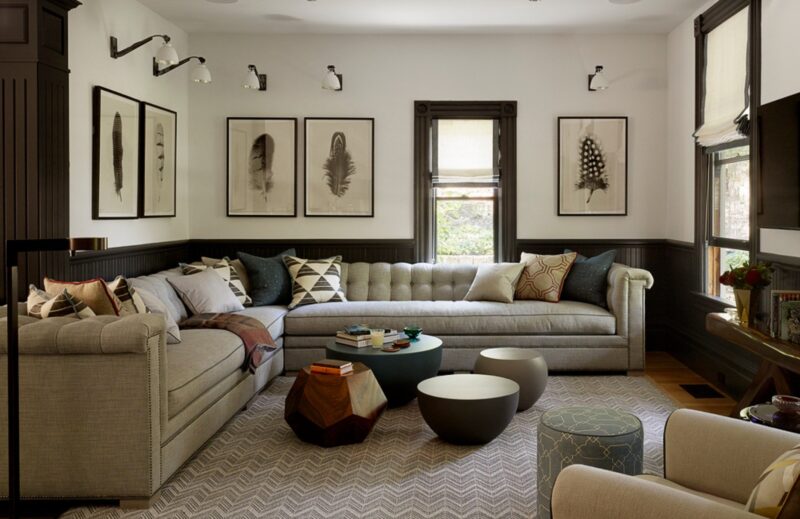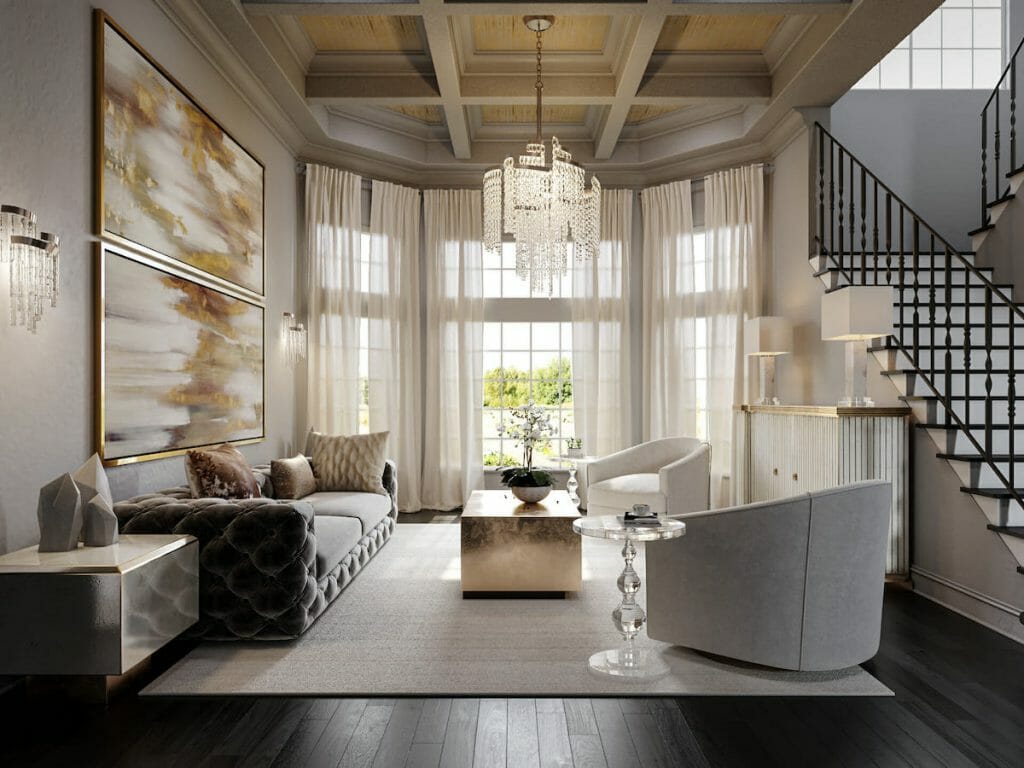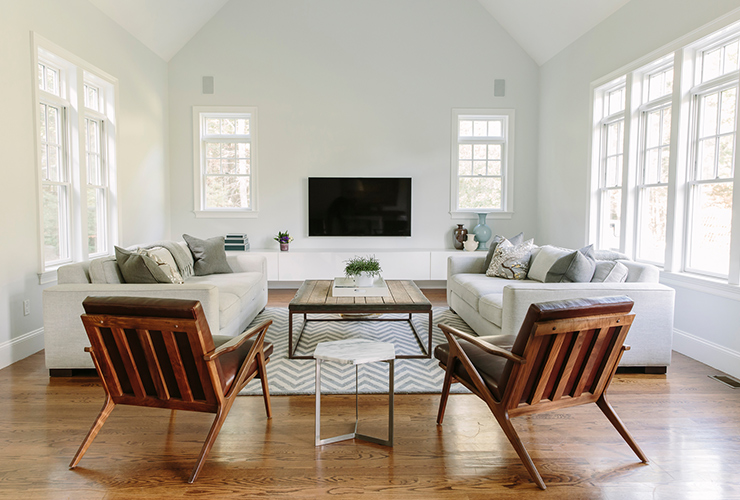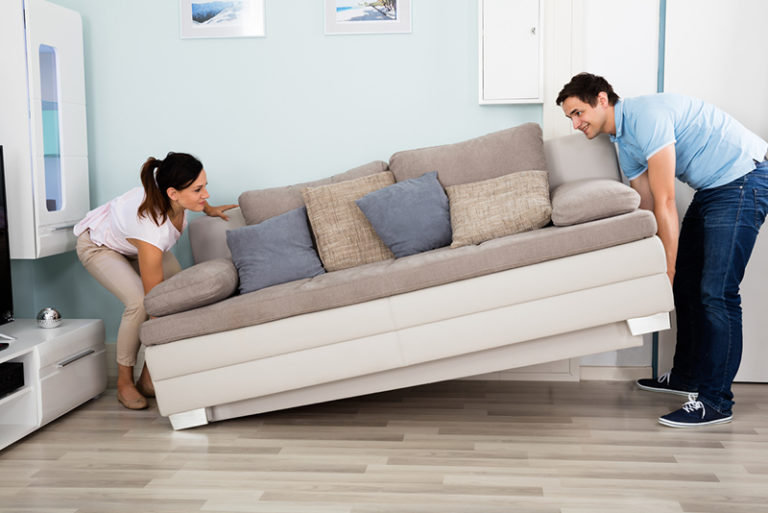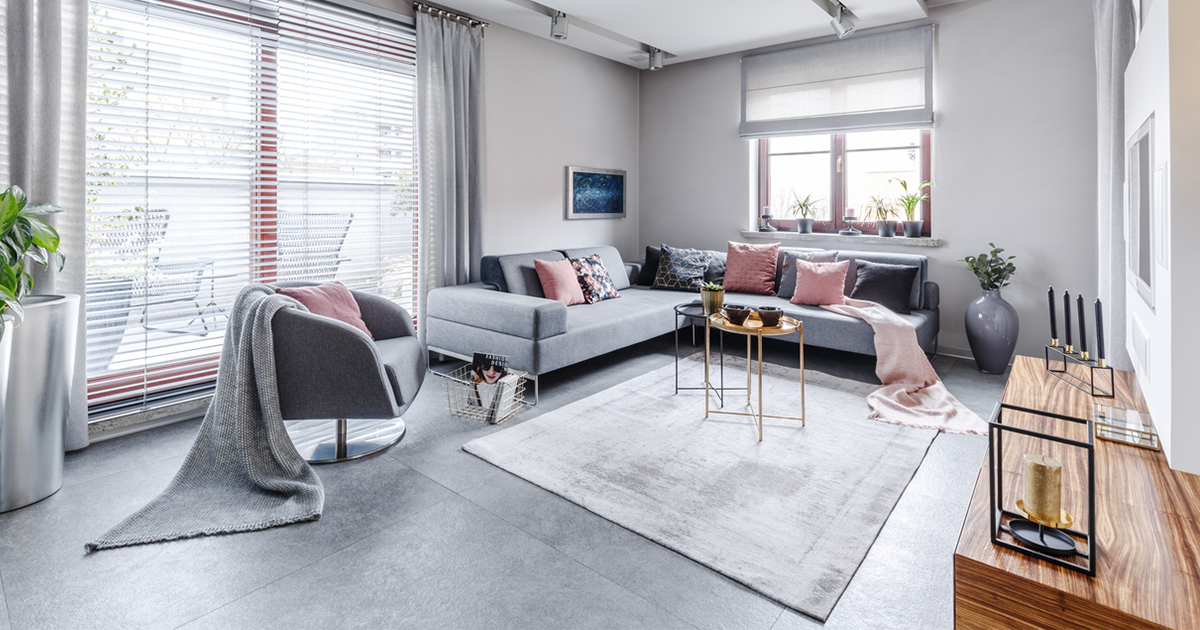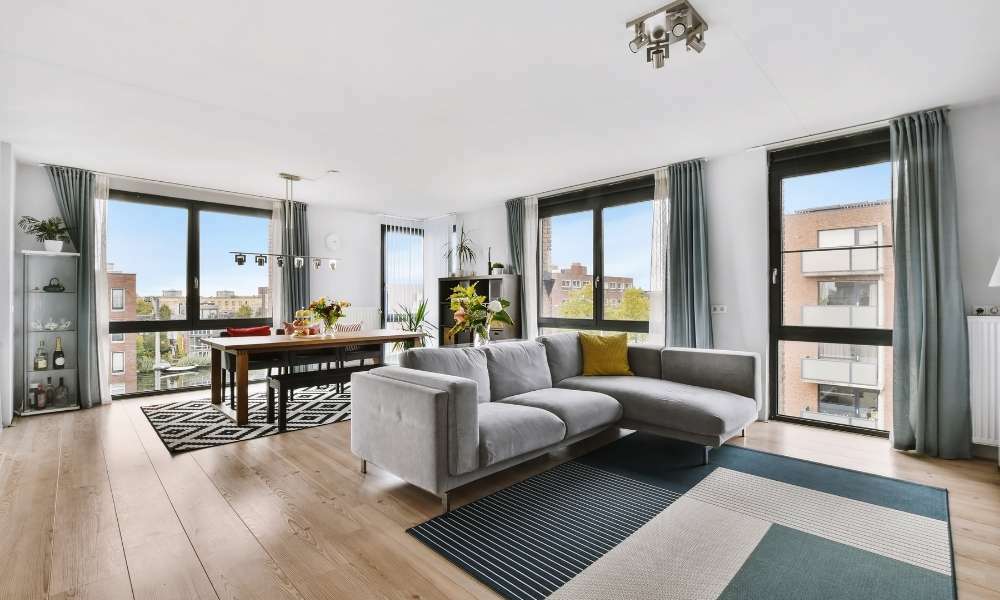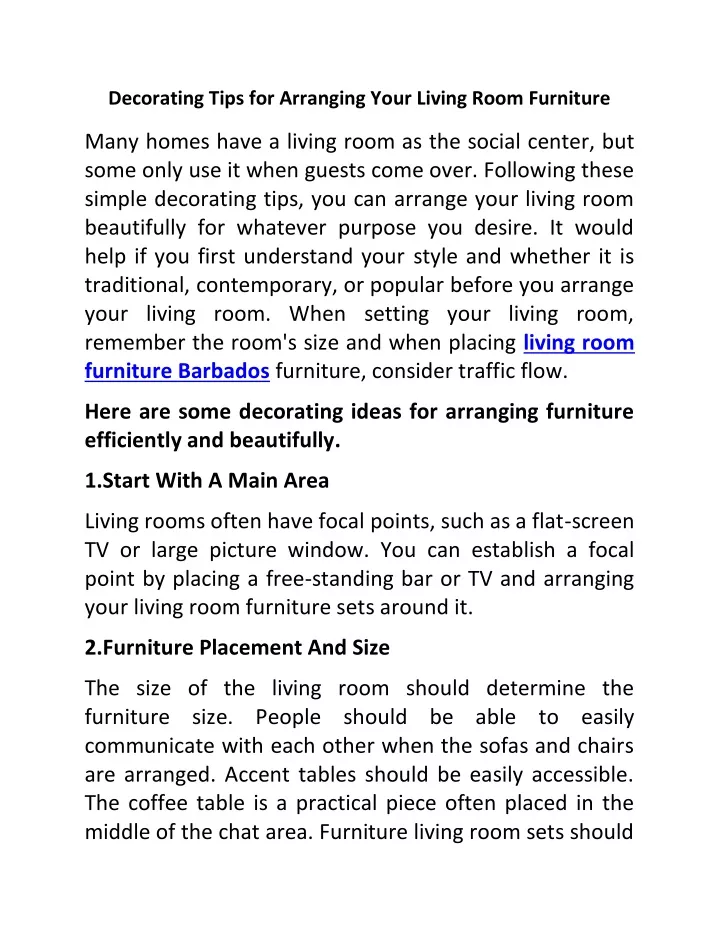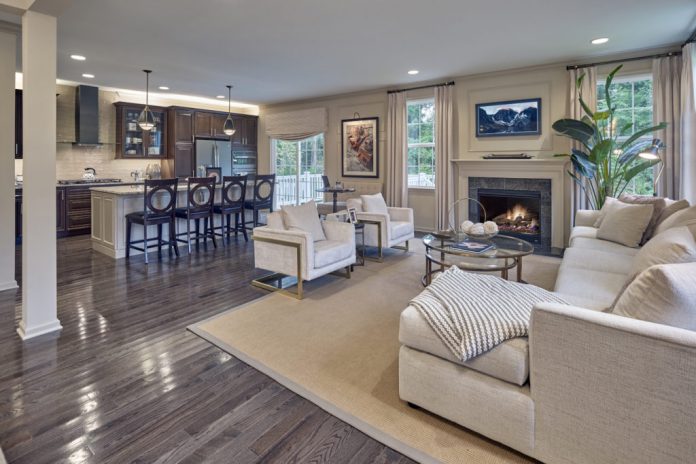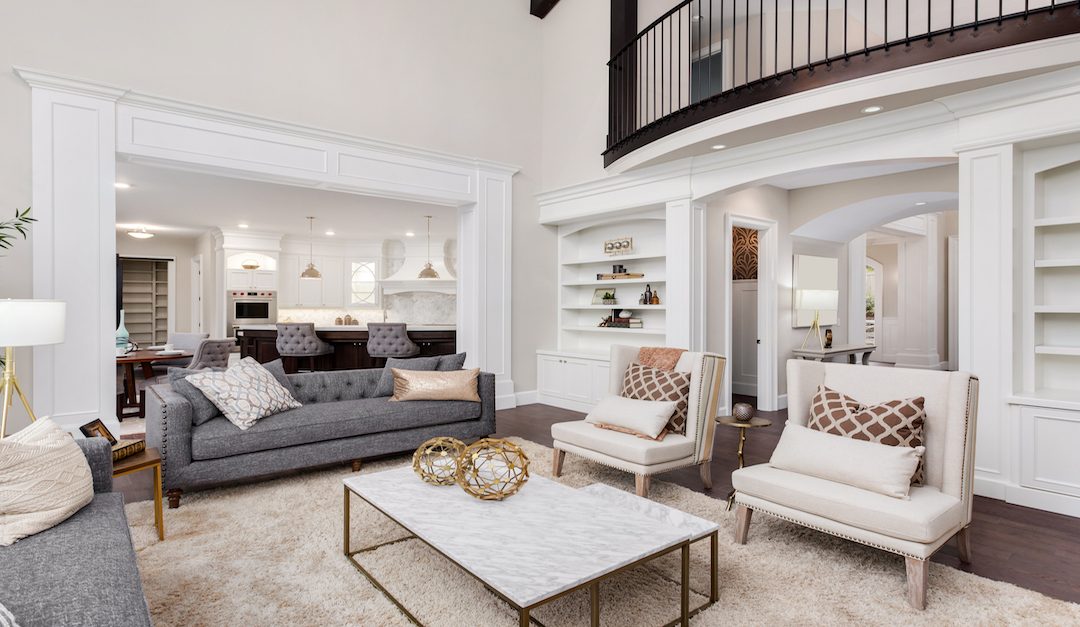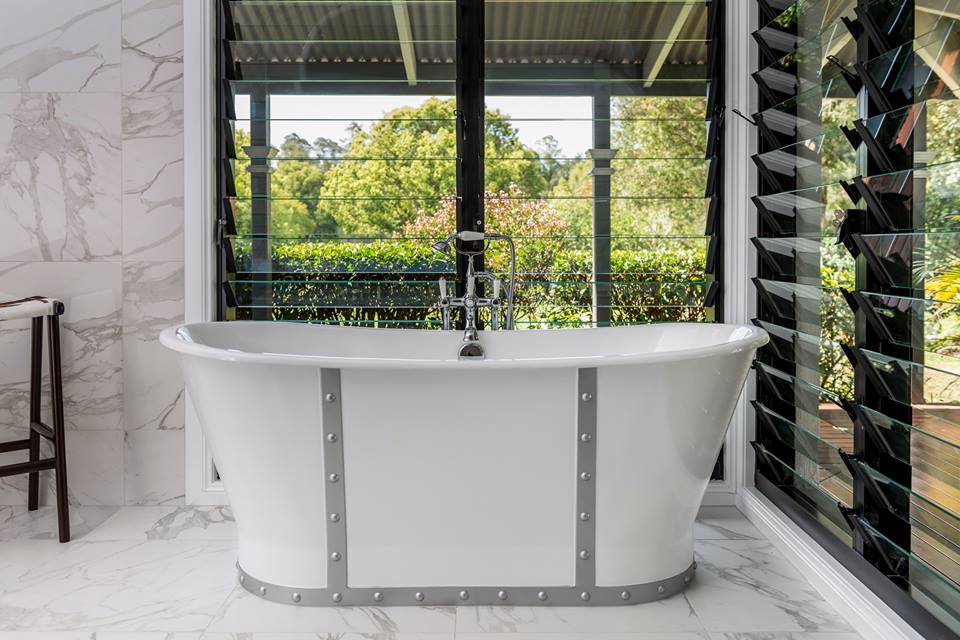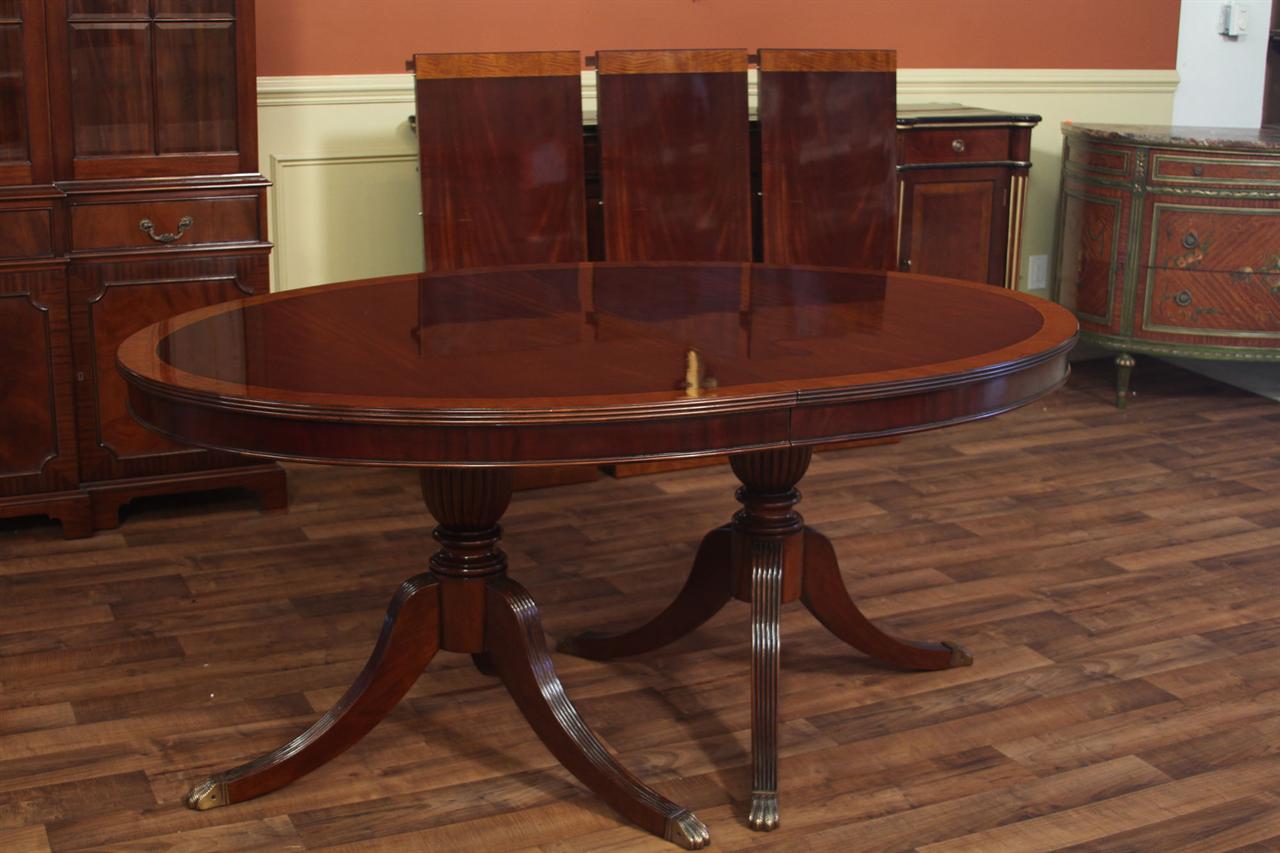Having a small living room doesn't mean you can't have a functional and stylish space. With the right furniture arrangement, you can make the most out of the limited space available. Here are some tips to help you arrange your small living room: 1. Utilize Multi-Functional Furniture When it comes to a small living room, every piece of furniture should serve a purpose. Look for multi-functional furniture such as a coffee table with built-in storage or a sofa bed that can double as a guest bed. This way, you can save space and have more room for other essential pieces. 2. Create Zones In a small living room, it's important to create distinct zones for different activities, such as watching TV, reading, or entertaining guests. Use furniture and area rugs to define each zone and make the space feel more organized and functional. 3. Consider the Traffic Flow When arranging furniture in a small living room, it's crucial to consider the traffic flow. Make sure there is enough space for people to move around without bumping into furniture. Arrange the furniture in a way that allows for easy movement and doesn't block any doorways or windows. 4. Use Wall Space Maximize your wall space by adding shelves, floating cabinets, or even a wall-mounted TV. This will not only save floor space but also make the room feel larger. You can also use wall space to hang artwork or mirrors, which can add depth and make the room appear bigger. 5. Think Vertical In a small living room, you want to draw the eye upwards to make the room feel taller. Use tall bookcases or floor-to-ceiling curtains to create a sense of height. You can also hang curtains above the window frame to make the room feel more spacious.Furniture Arrangement Tips for a Small Living Room
The way you arrange your furniture can greatly impact the flow and functionality of your living room. Here are some tips to help you arrange your furniture for better flow: 1. Start with the Biggest Piece The biggest piece of furniture, such as a sofa or a sectional, should be the focal point of your living room. Start by placing it against the longest wall in the room, leaving enough space for traffic flow around it. 2. Consider the Functionality Think about how you will be using your living room and arrange the furniture accordingly. For example, if you like to watch TV, make sure the seating is facing the TV. If you like to entertain, create a seating area that allows for easy conversation. 3. Create Balance Balance is key when arranging furniture in a living room. Try to distribute the visual weight evenly by placing larger pieces across from each other. You can also add smaller pieces, such as accent chairs or side tables, to balance out the room. 4. Leave Room for Movement Make sure there is enough space for people to move around the furniture without feeling cramped. Leave at least 3 feet of space between furniture pieces to allow for easy movement. This will also give the illusion of a larger space. 5. Add Finishing Touches Once you have arranged the main pieces of furniture, add finishing touches such as throw pillows, rugs, and decor. These elements will tie the room together and make it feel more inviting and comfortable.How to Arrange Your Living Room Furniture for Better Flow
Arranging furniture in a living room doesn't have to be boring. Get creative and try these unique ways to arrange your living room: 1. Create a Conversation Pit If you have a large living room, consider creating a conversation pit by arranging the furniture in a circular or U-shape. This will create a cozy and intimate seating area perfect for entertaining or relaxing. 2. Use an Ottoman as a Coffee Table Instead of a traditional coffee table, try using an ottoman. This will not only add a touch of style to your living room but also serve as extra seating or a footrest when needed. 3. Mix and Match Furniture Don't be afraid to mix and match different furniture pieces for a unique look. For example, you can pair a modern sofa with vintage armchairs or mix different patterns and textures for an eclectic feel. 4. Create a Reading Nook If you have a corner in your living room that's not being used, turn it into a cozy reading nook by adding a comfortable armchair, a side table, and a floor lamp. This will not only add functionality to the room but also create a cozy spot for relaxation. 5. Use a Rug to Define the Space A rug can do wonders in defining a space and tying the room together. Use a large area rug to anchor the seating area and add smaller rugs in different areas to create distinct zones.Creative Ways to Arrange Your Living Room
When it comes to arranging furniture in a living room, there are some dos and don'ts to keep in mind. Here are some tips to help you get it right: 1. Do Consider Proportions When arranging furniture, make sure to consider the proportions of the room and the furniture pieces. You don't want to overwhelm a small room with oversized furniture or have too much small furniture in a large room. 2. Don't Push Furniture Against the Walls Contrary to popular belief, pushing all the furniture against the walls can actually make a room feel smaller. Instead, try floating the furniture away from the walls to create a more intimate and cozy seating area. 3. Do Leave Space for Traffic Flow As mentioned earlier, leaving enough space for traffic flow is essential for a functional living room. Don't let furniture pieces block doorways or pathways, as this will make the room feel cramped and difficult to navigate. 4. Don't Be Afraid to Experiment Arranging furniture is not an exact science, and it's okay to experiment and try different layouts until you find the one that works best for your space. Don't be afraid to move things around and see what works best for your living room. 5. Do Add Personal Touches Above all, your living room should reflect your personal style and taste. Don't be afraid to add personal touches like family photos, artwork, or decorative items to make the space feel more like home.The Dos and Don'ts of Arranging Furniture in a Living Room
When it comes to arranging furniture in a living room, there are endless layout options to choose from. Here are 10 of the best living room layouts to inspire you: 1. L-Shaped In a large living room, try arranging the furniture in an L-shape to create a cozy and intimate seating area while still leaving enough space for traffic flow. 2. U-Shaped For a larger seating area, consider arranging the furniture in a U-shape, with a sofa or sectional at the center and armchairs on either side. 3. Floating Furniture If your living room is on the smaller side, try floating the furniture away from the walls to create a more intimate and cozy seating area. 4. Symmetrical A symmetrical living room layout is perfect for those who love a clean and balanced look. Arrange identical furniture pieces on either side of the focal point for a classic and timeless look. 5. Asymmetrical For a more eclectic and modern look, try an asymmetrical layout by using different furniture pieces on either side of the focal point. 6. Conversational If you love to entertain, consider a conversational living room layout by arranging the furniture in a circular or U-shape to encourage easy conversation. 7. Minimalist A minimalist living room layout is perfect for those who prefer a clean and clutter-free space. Stick to essential furniture pieces and keep the space open and airy. 8. Multipurpose For a small living room, consider a multipurpose layout by using a sofa bed or ottoman that can double as extra seating or a guest bed when needed. 9. TV-Focused If you love to watch TV in your living room, arrange the furniture in a way that allows for comfortable viewing. This could be a simple sofa and TV setup or a sectional facing the TV. 10. Floor Seating If you want a more casual and bohemian feel, try a floor seating layout by using floor cushions, poufs, and low coffee tables for a relaxed and cozy seating area.10 Best Living Room Layouts
Arranging furniture in a rectangular living room can be challenging, but with the right layout, you can make the most out of the space. Here are some tips to help you arrange your furniture in a rectangular room: 1. Create Zones In a rectangular room, it's important to create distinct zones for different activities, such as watching TV, reading, or entertaining guests. Use furniture and area rugs to define each zone and make the space feel more organized and functional. 2. Float the Furniture Instead of arranging all the furniture against the walls, try floating some pieces to create a more intimate and cozy seating area. This will also make the room feel less boxy and more visually appealing. 3. Use an L-Shape In a large rectangular room, try arranging the furniture in an L-shape to create a more intimate seating area while still leaving enough space for traffic flow. 4. Consider the Traffic Flow When arranging furniture in a rectangular room, make sure to consider the traffic flow. Leave enough space for people to move around without feeling cramped or blocked by furniture. 5. Add Visual Interest Use different furniture pieces and textures to add visual interest to a rectangular living room. Try mixing and matching different patterns and materials to create a unique and eclectic look.How to Arrange Living Room Furniture in a Rectangular Room
Arranging furniture in a living room can be overwhelming, but with these tips, you can create a functional and stylish space: 1. Measure the Room Before buying any furniture, make sure to measure your living room and create a floor plan. This will help you determine the best layout for your space and avoid buying furniture that is too big or too small. 2. Start with the Focal Point When arranging furniture, start with the focal point of the room, such as a fireplace or a TV. This will help you determine the best placement for the rest of the furniture pieces. 3. Use the Right Size Rug A rug can make or break a living room layout. Make sure to choose a rug that is the right size for your space, as too small or too large rugs can throw off the balance of the room. 4. Create Balance Balance is key when arranging furniture in a living room. Make sure to distribute the visual weight evenly by placing larger pieces across from each other and adding smaller pieces to balance out the room. 5. Don't Forget About Lighting Lighting is an essential element in a living room. Make sure to incorporate different types of lighting, such as overhead lights, floor lamps, and table lamps, to create a warm and inviting atmosphere.Tips for Arranging Your Living Room Furniture
Arranging furniture in a living room can be overwhelming, but with this ultimate guide, you can create a functional and stylish space: 1. Measure and Plan Before buying any furniture, make sure to measure your living room and create a floor plan. This will help you determine the best layout for your space and avoid buying furniture that is too big or too small. 2. Start with the Focal Point When arranging furniture, start with the focal point of the room, such as a fireplace or a TV. This will help you determine the best placement for the rest of the furniture pieces. 3. Consider the Functionality Think about how you will be using your living room and arrange the furniture accordingly. For example, if you like to watch TV, make sure the seating is facing the TV. If you like to entertain, create a seating area that allows for easy conversation. 4. Create ZonesThe Ultimate Guide to Arranging Your Living Room
Additional Tips for Arranging Your Living Room
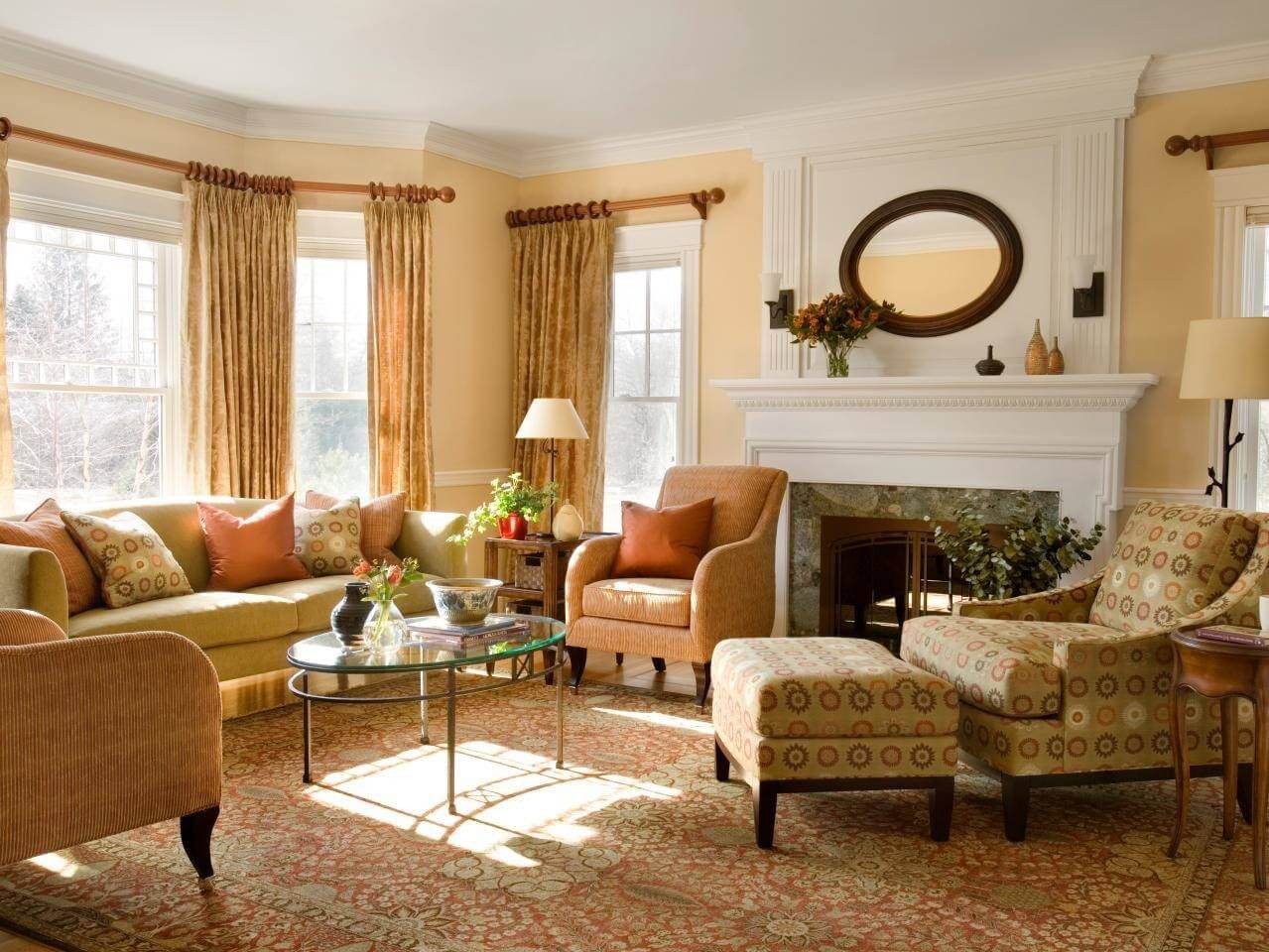
Don't Neglect Lighting
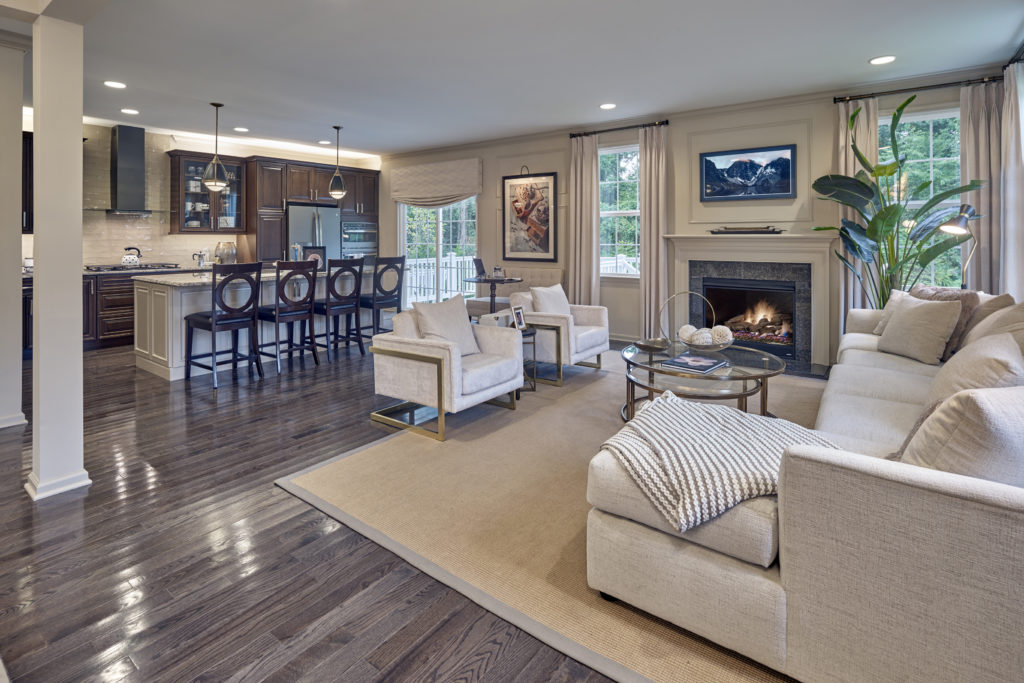 When it comes to designing your living room, lighting is often an overlooked aspect. However,
proper lighting can make all the difference in creating a warm and inviting space
. Start by incorporating a mix of ambient, task, and accent lighting. This can be achieved through a combination of overhead lights, floor lamps, table lamps, and even candles.
Dimmer switches are also a great option for creating a cozy atmosphere
and allowing for customizable lighting levels. Consider the placement of your lighting as well, making sure that it
illuminates key areas of the room, such as seating areas and artwork
.
When it comes to designing your living room, lighting is often an overlooked aspect. However,
proper lighting can make all the difference in creating a warm and inviting space
. Start by incorporating a mix of ambient, task, and accent lighting. This can be achieved through a combination of overhead lights, floor lamps, table lamps, and even candles.
Dimmer switches are also a great option for creating a cozy atmosphere
and allowing for customizable lighting levels. Consider the placement of your lighting as well, making sure that it
illuminates key areas of the room, such as seating areas and artwork
.
Add Personal Touches
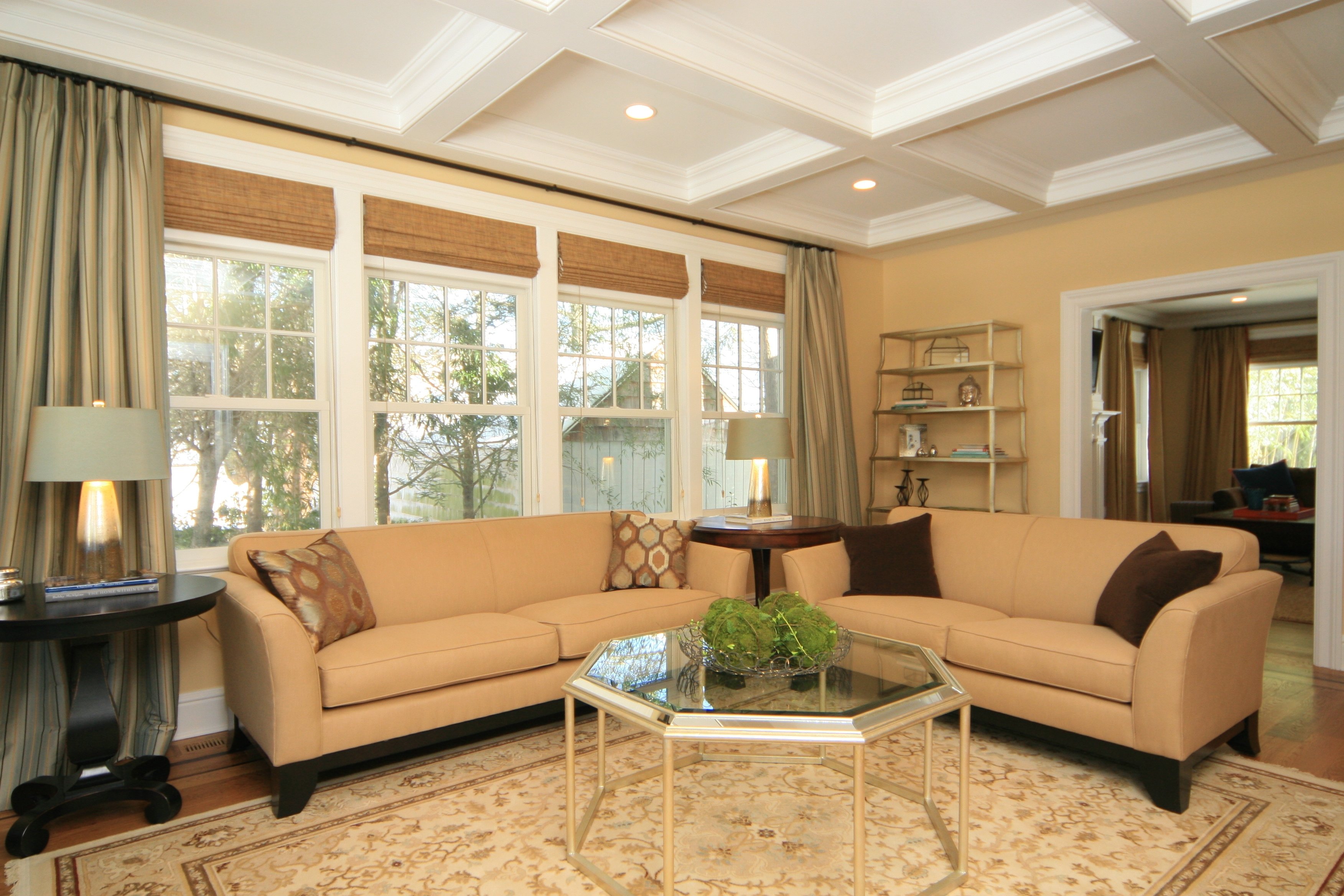 One of the best ways to make your living room feel like home is by adding personal touches and decor.
Photos, art pieces, and sentimental items can bring character and warmth to the space
. When arranging these items, keep in mind the rule of odd numbers and varying heights for a visually appealing arrangement. You can also incorporate
plants and flowers for a pop of color and natural element
. Just be sure to choose low maintenance options if you're not known for having a green thumb.
One of the best ways to make your living room feel like home is by adding personal touches and decor.
Photos, art pieces, and sentimental items can bring character and warmth to the space
. When arranging these items, keep in mind the rule of odd numbers and varying heights for a visually appealing arrangement. You can also incorporate
plants and flowers for a pop of color and natural element
. Just be sure to choose low maintenance options if you're not known for having a green thumb.
Consider Traffic Flow
 As you arrange your living room,
it's important to keep in mind the flow of traffic
. Make sure there is enough space for people to move comfortably around the room without feeling cramped. Arrange furniture in a way that allows for easy movement and
create designated pathways for traffic to flow through
. This will not only make the room more functional, but also prevent any potential accidents or tripping hazards.
As you arrange your living room,
it's important to keep in mind the flow of traffic
. Make sure there is enough space for people to move comfortably around the room without feeling cramped. Arrange furniture in a way that allows for easy movement and
create designated pathways for traffic to flow through
. This will not only make the room more functional, but also prevent any potential accidents or tripping hazards.
In conclusion, when it comes to arranging your living room, it's important to consider both aesthetics and functionality. By incorporating proper lighting, personal touches, and keeping traffic flow in mind, you can create a space that is both visually appealing and practical for everyday use.


